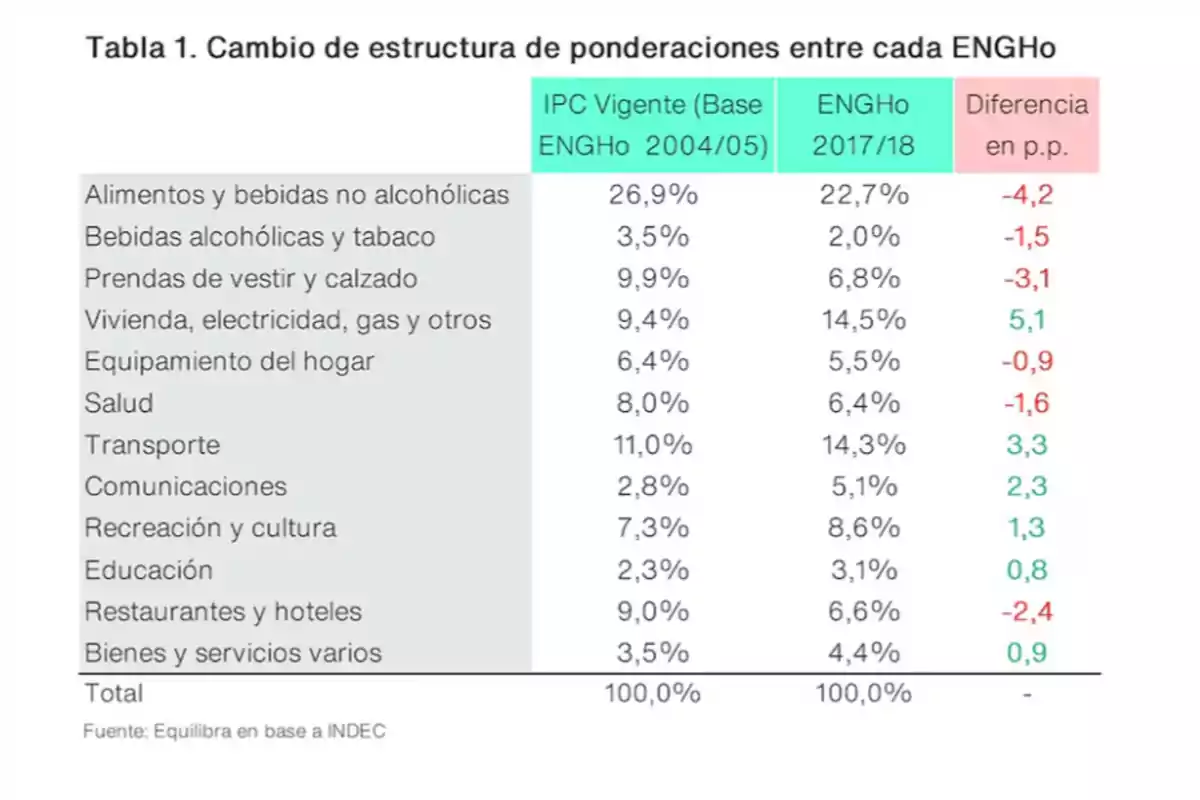
The government is preparing to launch a new index to measure inflation.
Indec has completed the technical work to update the CPI and is awaiting political approval from Casa Rosada
The national government is moving forward with the implementation of a new Consumer Price Index(CPI), which will be presented at the end of the year, as part of the commitments made with the International Monetary Fund (IMF).
The update, which the National Institute of Statistics and Censuses (INDEC) claims is technically ready, aims to modernize the consumption basket used to measure inflation in Argentina and adapt it to current consumption habits. The measure is now awaiting political approval from Casa Rosada for its final implementation.
The change in the CPI is a demand maintained by economists and statistics specialists, who warn that the consumption baskets used to measure inflation must be updated every five or ten years to maintain their representativeness and avoid distortions. The last household expenditure survey that serves as the basis for the calculation of the CPI dates back to 2017/2018, and since then there have been no changes in the structure of the index.

The International Monetary Fund highlighted the need for this update in the technical report corresponding to the first review of targets in the agreement with Argentina. There, the organization stated that the new index will be launched at the end of 2025 and that its final implementation will be discussed in the next review scheduled for January of next year. Although the timeline may be adjusted, the goal is for the change to take effect before the end of the year.
Last April, the director of Indec, Marco Lavagna, had anticipated the scope of the basket modification. According to his explanation, the renewal includes new products and services with the aim of more accurately reflecting changes in the population's consumption habits.
The official, who was confirmed in his position despite management changes, specified that services such as streaming platforms, the use of cell phones, and other goods that are part of current household consumption will be incorporated. However, he clarified that the update will not result in a substantial change in the results. "There are small differences between the schemes. One seeks the final result of inflation, and due to international issues we also have to change the scheme", Lavagna stated.
The new structure of the CPI basket will involve significant changes in the weightings of the different categories. According to a study prepared by Equilibra consulting firm, which used as a reference the National Household Expenditure Survey (ENGHo) 2017/2018, food and non-alcoholic beverages would reduce their weight from the current 26.9%to 22.7%, while the category of clothing and footwear would decrease from 9.9% to 6.8%. There would also be a decrease in the share of restaurants and hotels(from 9% to 6.6%), health(from 8% to 6.4%), and alcoholic beverages and tobacco (from 3.5% to 2%).

In contrast, some categories would gain significant weight within the basket. Housing, electricity, gas, and others, which includes the cost of public utility tariffs, would increase from 9.4% to 14.5%, an increase of more than five percentage points. Transport would also see a considerable rise, from 11% to 14.3%. Communications, which includes internet and cell phones, would grow from 2.8% to 5.1%. Likewise, Recreation and Culture, Education, and Miscellaneous Goods and Serviceswould experience slight increases in their share.
These changes in the weightings mean that tariff adjustments and changes in service prices will have a more direct impact on the general index. With this, the updated CPI seeks to align with international standards and reflect with greater accuracy the actual spending of Argentine households.
Ultimately, the new CPI not only modernizes the measurement of inflation, but also redefines the factors that will most influence its evolution, in a scenario where tariff policy and the cost of services will become increasingly decisive variables for the finances of Argentines.
More posts: